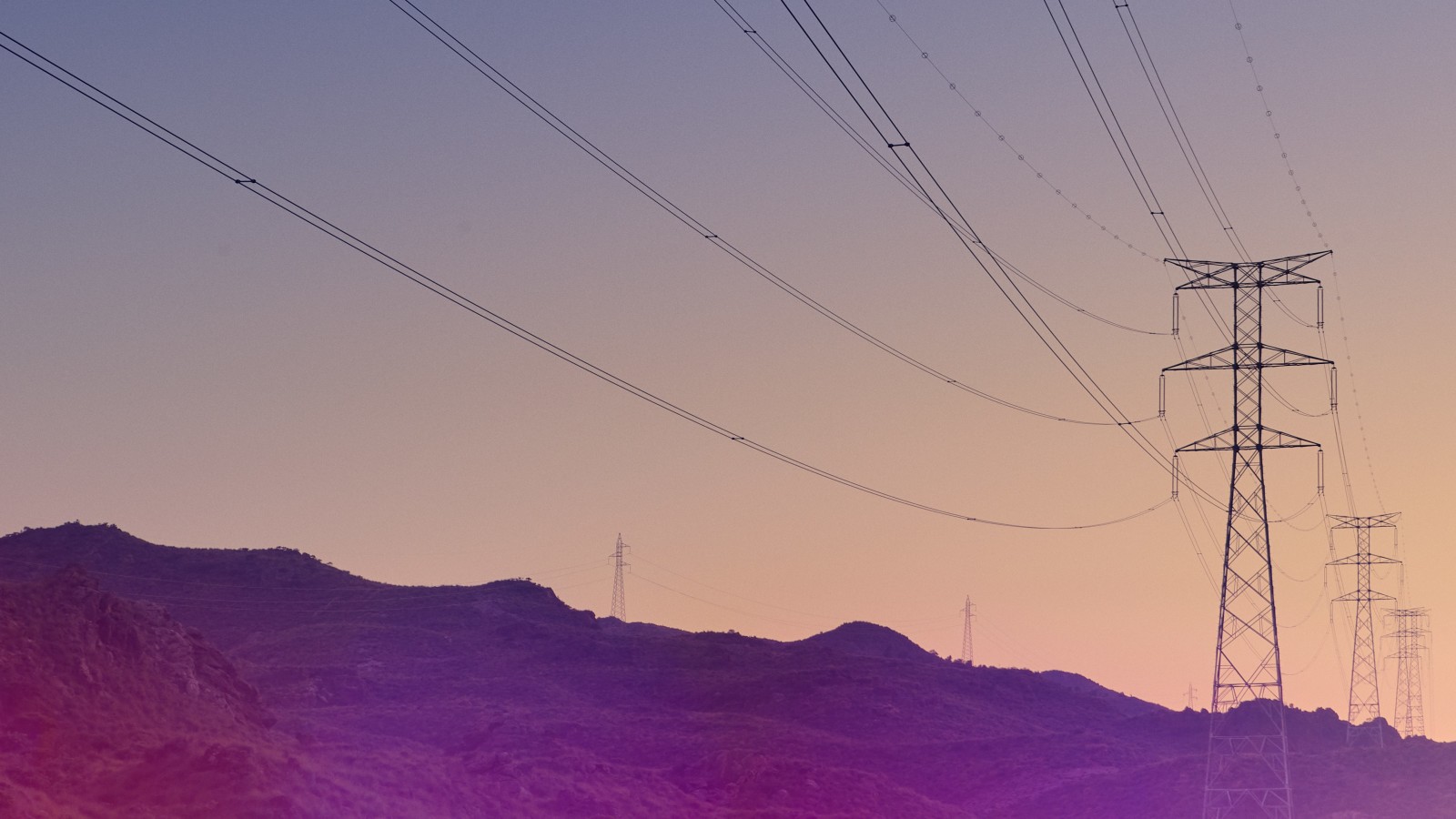Zambia’s power sector is heavily dependent on hydropower for electricity generation. In 2024, 84% of the country’s electricity has been generated from hydropower sources. Due to the challenges associated with climate change, and the unprecedented drought the country has faced in this calendar year, there has been under generation by 2,586MW from an installed capacity of 3,811MW.

Imports and the Benefit of Interconnectors
As stated before, there was under generation of power by 200% in the first 10 months of 2024. In order to reduce this production gap, Zambia leveraged on the benefits of being a member state of the Southern African Power Pool (SAPP), which allows trading of electricity between member countries through their respective utility companies. In 2024, the government relied on importation of electricity from neighboring countries including South Africa, Mozambique, Namibia and Zimbabwe through the interconnector ecosystem that is present between Zambia and the aforementioned countries. Per the energy sector’s Integrated Resource Plan of 2023, the interconnector capacity Zambia had with neighboring countries was 230 MW with Namibia, 460MW with DRC and 1,400MW with Zimbabwe.
Notably, Zambia does not have an interconnector with Tanzania, a link that would potentially give the Country access to the East African Power Pool. In 2017, the Governments of Tanzania and Zambia published a Project Information Memorandum that detailed the agreement between the Governments of Zambia, Tanzania and Kenya to interconnect their power systems by constructing an alternative transmission line covering a total distance of 1,322 km, that is 414km in Tanzania and 908km in Zambia. The ultimate goal of the project was to link the Eastern and Southern African Power Pools, an essential component of the North-South Power Transmission Corridor. Although this memorandum exists, the construction project is yet to be implemented to ensure actualization of direct and indirect benefits. Some of the benefits associated with having an interconnector include security of supply, by providing flexible and reliable access to excess power, balancing changes in demand given that renewable sources of energy are less predictable and lowering energy costs when the country imports from a cheaper source.

A practical example of how Zambia would benefit from having an interconnector with Tanzania is as follows:
In 2024, approximately 27% of Tanzania’s electricity generation came from hydropower. Due to the heavy rains experienced in Eastern Africa, Tanzania had excess electricity that resulted in the country shutting down 5 hydropower stations to manage congestion on the national grid. In the event that there was an interconnector between Tanzania and Zambia, this would not be the case as the two countries would have traded power to manage the demand and supply at any given point.



